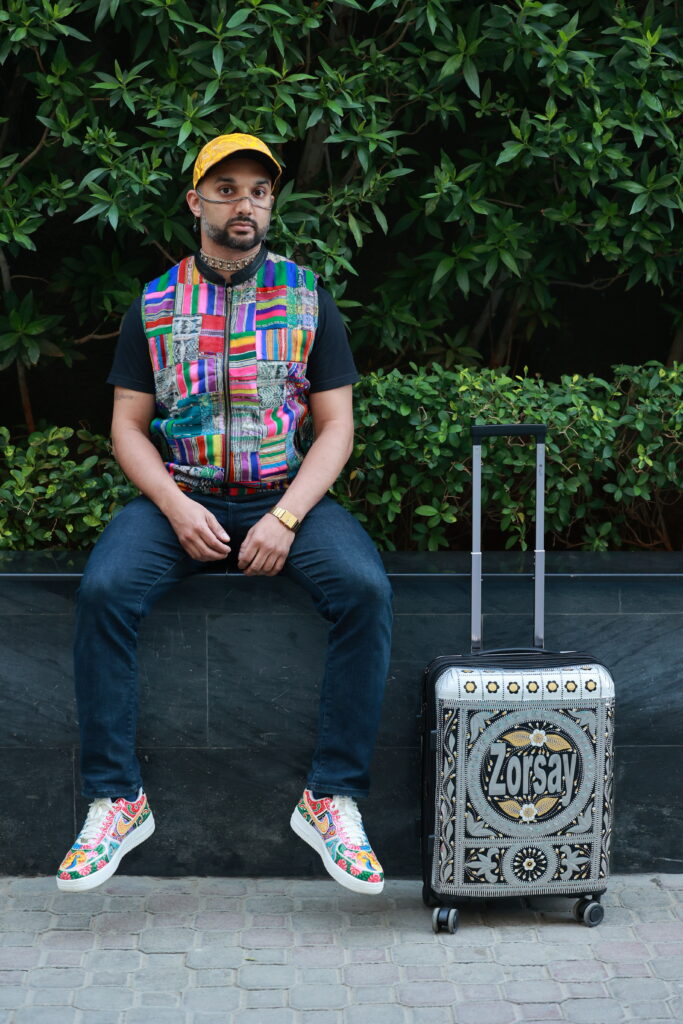Uncategorized
Zorsay: A Fashion Statement
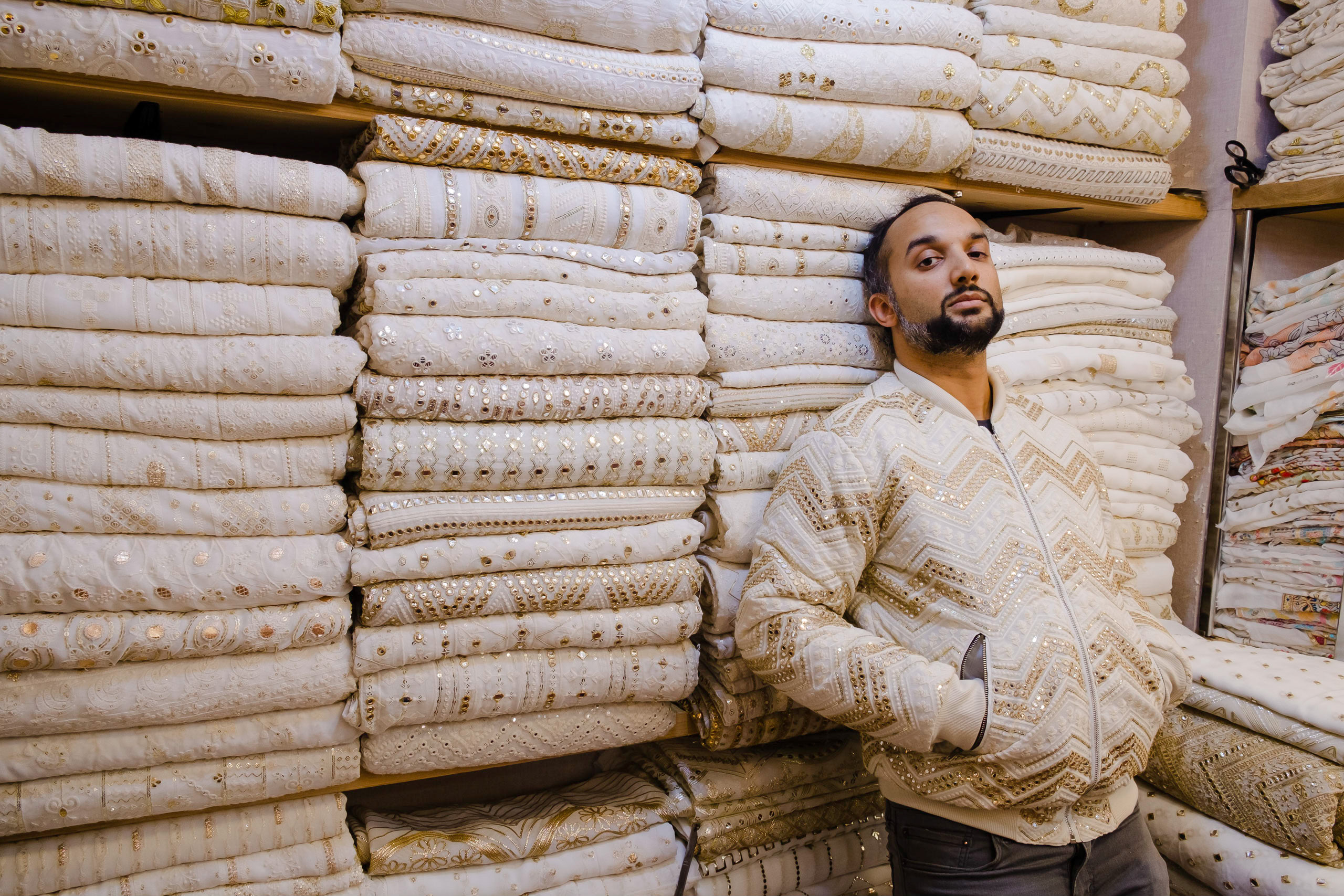
By Ayman Munaf
Fashion is more than just fabric and stitches—it’s a powerful form of storytelling. And few people understand this better than Shahzad Ahsan, the force behind the brand Zorsay. With a career that seamlessly blends fashion, storytelling and business strategy, Ahsan has carved out a unique space in the industry. From building B2B marketing programs to being featured in The New York Times and Vogue, his journey is anything but conventional.
Q1: You’re a fashion designer. Earlier, you built B2B marketing programmes from scratch multiple times. What’s the most underrated or overlooked aspect of launching a successful program?
I think the most overlooked aspect of launching a programme—or any marketing effort, is understanding your customer. Too often, brands just look at what competitors are doing and assume their audience is the same. But every time I’ve taken on a marketing role, my first instinct is to actually talk to customers.
I think a lot of people avoid this step because it means stepping out of their comfort zone—talking to strangers, asking uncomfortable questions, and getting real feedback. But ironically, strangers will often give you better advice than your friends because they have no reason to sugarcoat the truth.
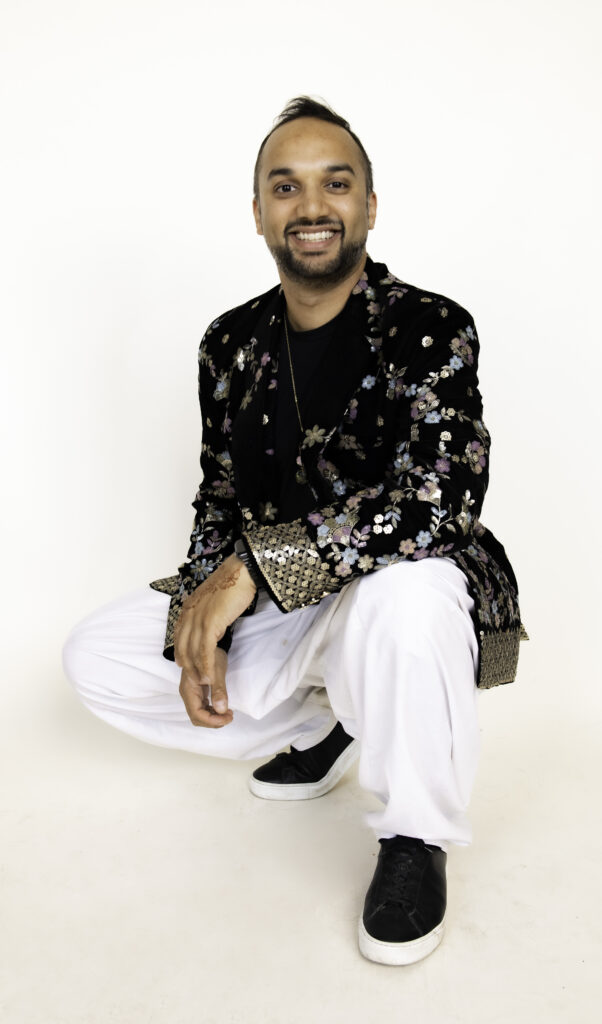
Q2. You’ve been featured in the New York Times and Vogue for your storytelling. What makes a story worth telling, whether in marketing or fashion?
I think a truly great story often comes from vulnerability, sharing something that’s raw, true, and difficult to talk about. It’s not about looking perfect or successful. The best stories give people one small moment of epiphany or release something they’ll carry with them long after they’ve forgotten the details.
There are nights at 4 a.m. when everything feels like it’s falling apart — suppliers backing out, orders delayed, self-doubt creeping in. I’ve been in those moments typing out, ‘What if I’m not the one who makes it through?’ And then, just as I was about to post that feeling, the electricity came back on — this little flicker of hope.
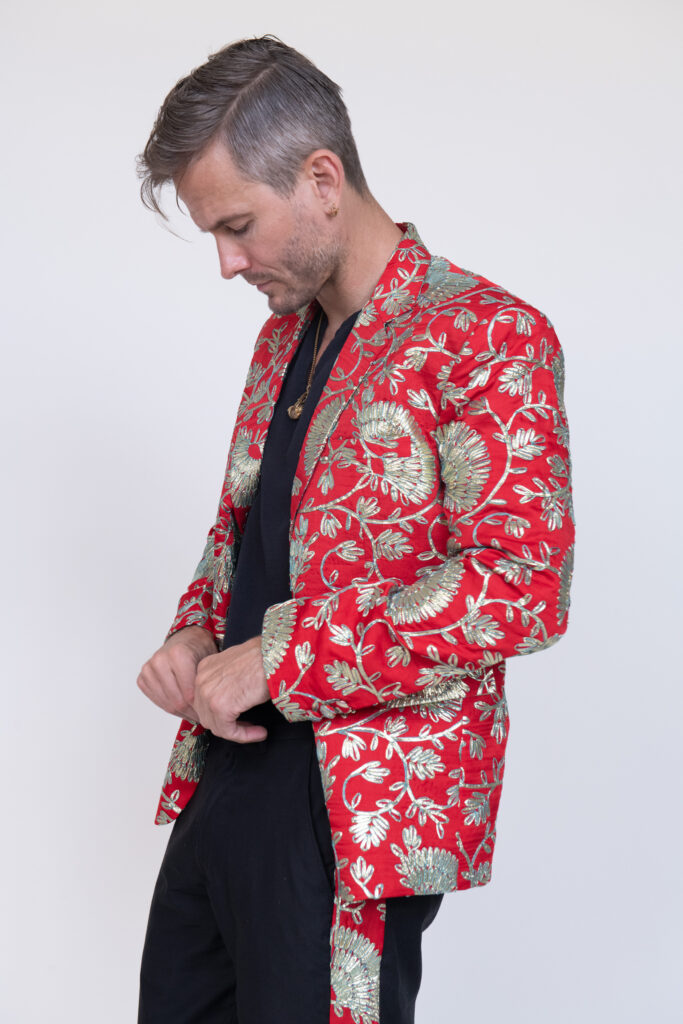
Q3. What was the moment when you realized you had to create the brand Zorsay?
When I found a tailor in Pakistan through Instagram, I designed a jacket using mirror work fabric, and received it in New York. When I put it on, I was completely mesmerized. That night, on my parents’ anniversary, I had my brother-in-law take photos of me wearing it. That was when Zorsay took roots.
The brand name came to me after leaving a South Asian electronic music rave. My cousin joked, I said ‘Zor sey bolo,’ and in that moment, everything clicked—music, culture, fashion.
Q4. Many people dream of starting a passion project but never take the leap. Why?
The hardest truth is that if you’re doing something truly deep, difficult, and original, you’re going to confront parts of yourself that a conventional, salaried job would never force you to face. You could walk through life without questioning yourself too much, but when you start something on your own, you have to deal with all kinds of internal doubts—questions like, Am I crazy? Am I arrogant for calling myself an artist?
Q5. Your journey includes significant time in both the U.S and Pakistani markets. How do you navigate and merge the fashion sensibilities of these two cultures in your work?
I don’t consciously try to merge them—it just happens naturally, and that’s the beauty of it. My process is very material-driven. I focus on what I’m drawn to and what form it works best in.
I’m deeply fascinated by textiles, and I see the future in them. Every fabric has a job, a purpose. I start with the material first, and the form comes later. For example, if I see Irish linen cloth with a beautiful block print, I might turn it into a kameez. If I come across a heavy Balochi fabric, I might think, this would work beautifully as a prince coat or even a handbag.
I know the term Indo-Western gets thrown around, and while it does describe my brand in some ways, there’s a deeper philosophy behind it. I’m not setting out to blend cultures—it’s just a natural outcome of how I work.
Q6. You’ve managed tailors in Pakistan and contractors in New York for Zorsay. What’s been the biggest challenge in bridging these two?
There are so many challenges, but one of the biggest differences is how people communicate—especially when it comes to saying yes or no. Something I’ve learned from working in both places is what I call the Karachi Yes. In Pakistan, you can have an amazing first meeting with someone, and they’ll tell you, Yes, I can do anything you need. I can execute it perfectly. If you’re used to working in New York, you might take that at face value and assume that because you had a detailed discussion, the next step will be action. But in Pakistan, I’ve realized that the first meeting is often just a mirage. People say yes out of politeness, but that doesn’t necessarily mean anything will happen.
In contrast, Americans—especially New Yorkers—are very direct. If they’re not interested, they won’t waste their time (or yours). They’ll just say no, and you move on. That level of clarity makes business easier in some ways. I think the Karachi Yes is something a lot of people in business here can relate to. I’m curious to see if the term sticks!
Q7. Fashion and SaaS marketing seem like completely different worlds. What’s one unexpected skill from tech that helped you succeed in fashion?
One unexpected lesson I carried from SaaS marketing into fashion is the Minimum Viable Product (MVP) mindset. In tech, you launch a basic version, test it, and refine it based on feedback. I apply the same approach to my designs—getting a prototype made quickly rather than overthinking every detail.
For example, I recently had a sudden idea about leather vests in the middle of the night. The next morning, I called my tailor and said, “Let’s add a hood to one.” Within two days, I had a sample in my hands. It wasn’t perfect, but it gave me enough insight to improve the design.
Some designers spend weeks perfecting sketches before production. I prefer working hands-on, making quick alterations, and learning through real-world testing. This mindset has allowed me to move fast and stay innovative in fashion.
Q8. You took a yearlong sabbatical to launch Zorsay. How did stepping away from tech change the way you think about work and creativity?
The best job I ever had in tech was working at a Spotify-owned podcast company, where I created ad campaigns every day. That experience trained me to tap into creative flow quickly. When I transitioned to fashion, I realized creativity works the same way—if you allow yourself to obsess over something, the ideas come naturally.
Right now, that next project is a multimedia fashion film retelling a Sindhi folktale with an artist from Pakistan. It’s my way of connecting deeper with the place that shaped my early inspirations.
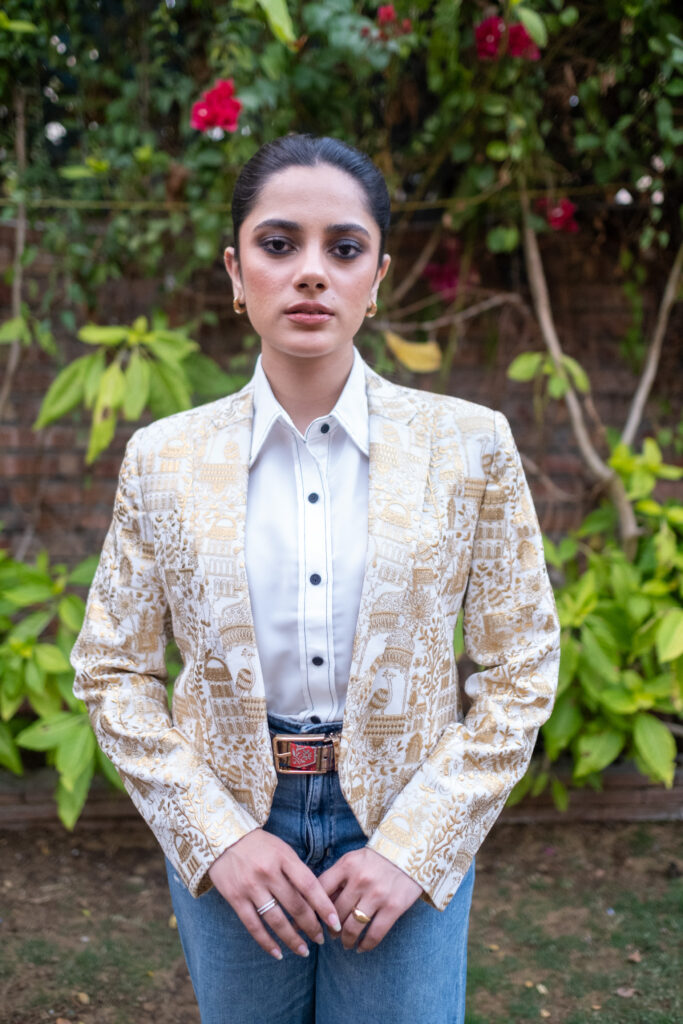
Q9. You’re a designer working with jackets, accessories, jewelry, bags, and even luggage. Are you expanding your brand strategically?
I see myself as a storyteller, and every piece I create is part of that narrative. I could have limited myself to menswear, starting with blazers, but I didn’t want to be boxed in. Instead, I expanded into accessories that complement the story—first matching pants, then shirts, and eventually jewelry.
I realized that when I wore other brands’ jewelry, they were getting credit for it. So, I thought, why not create my own? In Pakistan, I found skilled artisans who could bring my ideas to life affordably, allowing me to test and iterate quickly.
Exploring new categories excites me—like luggage, which is completely different from anything I’ve done before. It reminds me of how Louis Vuitton started with trunks before expanding into fashion. That freedom to experiment keeps me inspired.
